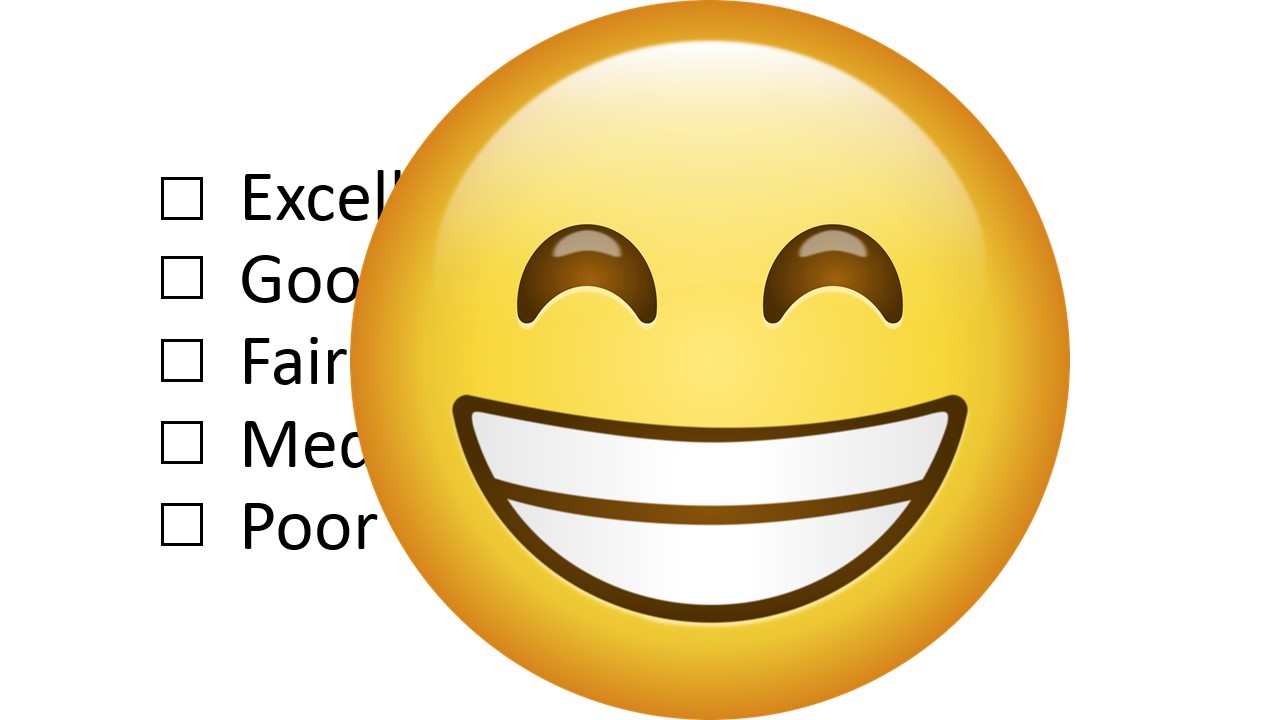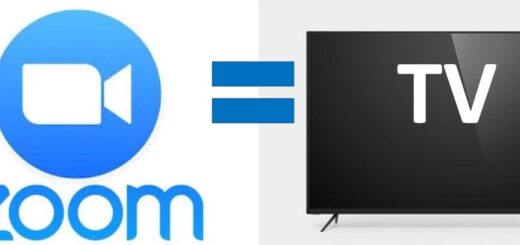No more smile sheets for training

“Smile sheets” are the forms most trainers pass out at the end of their classes. “On a scale of 1 to 5, how do you rate this course?” If we made people laugh, the room was the right temperature, and there were snacks, we usually get 5s. But the research shows those numbers are meaningless when it comes to assessing whether the training did any good.
According to the Kirkpatrick evaluation model, smile sheets are Level 1. They assess Reactions, the degree to which participants find the training favorable, engaging and relevant to their jobs.
But there are three more levels to assess:
Level 2: Learning – The degree to which participants acquire (remember) the intended knowledge, skills, attitude, confidence and commitment based on their participation in the training.
Level 3: Behavior – The degree to which participants apply what they learned during training when they are back on the job.
Level 4: Results – The degree to which targeted outcomes occur as a result of the training and the support and accountability package.
Only Level 1 can be fully assessed immediately after the training. The rest require measurement later–something that many organizations aren’t able or willing to do. But there are ways immediately after training to assess the likelihood that Levels 2 through 4 will be achieved.
My evaluation sheet now includes these four questions (adapted from Kirkpatrick’s Four Levels of Training Evaluation):
(1) [On a scale of 1 to 5] I am clear about what is expected of me on the job when it comes to harassment and respect.
(2) I am committed to applying what I learned about harassment and respect on the job.
(3) I believe I will see a positive impact if I apply what I learned about harassment and respect.
(4) The first thing I plan to apply at work from what I learned is:
The answers to these questions are far more useful for management than the usual smile sheets. And they’re useful to me as the facilitator. I use them in my harassment prevention programs, and average 4.9 on all three questions. The answers to #4 consistently show people got the message and are committed to making all different types of changes. I use these same types of questions in all my trainings, including for well-being and presentation skills.
By the way, I still ask open-ended questions about the strength of the presentation and how it can be improved. My favorite answer yesterday: “No improvement needed. You’re amazing!” Pretty great for a mandatory course on harassment prevention.
